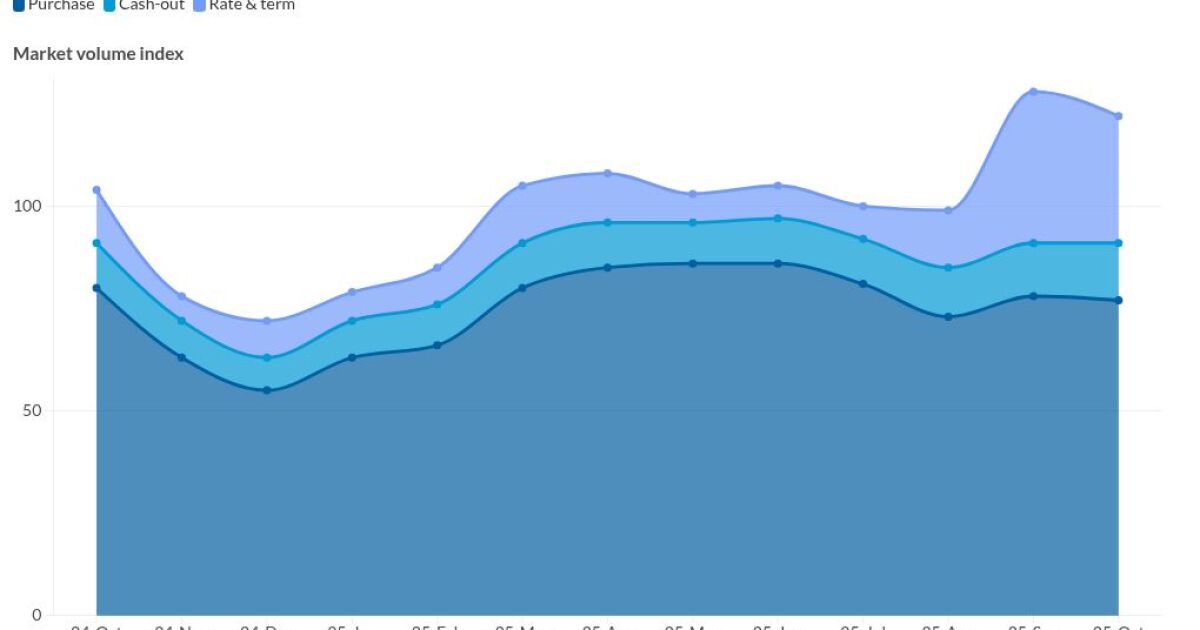
Inertia and empathy among lenders hoping they can weather their way through the current slowdown will result in prolonged instability for the mortgage industry, according to a new report from Stratmor Group.
Many companies in the mortgage industry still have more employees than necessary given current origination volumes. Companies are still overly reliant on past processes, which don't reflect the market of today, and cannot maintain current staffing levels if they hope to see profitability, the report said.
"We've seen multiple companies with staffing way out of balance, not because they chose that but because they refused to make a decision," said Garth Graham, senior partner at the advisory firm, in the report.
At its annual meeting in the third quarter of 2022, the MBA estimated that the mortgage industry would need to shed between 25% to 30% of its staff at that time. While 2023 has seen scores of mergers, layoff announcements have largely leveled off as the year progressed, with mortgage-related hiring at nonbanks even seeing an increase earlier this year at the start of spring buying season before falling in the summer.
Graham noted that many of the executives Stratmor spoke to cited empathy toward employees behind maintaining their staffing levels. "While this may be a wonderful reflection of the compassion and respect that lives within our industry, the need to reduce costs and related staff remains clear," he said.
With some housing experts not expecting business to improve until early 2025 at the earliest, lenders may not have the resources to survive that long. In its research, Stratmor found only 14% of mortgage executives it spoke to believed they were currently profitable each month, with over half responding they were not making money.
In the second quarter, lenders were still reporting an average loss of $534 per origination, the Mortgage Bankers Association found in its own surveys. While it marked the fifth straight nonprofitable quarter, it was an improvement from figures at the end of 2022 but still a sign of some of the "inertia" among mortgage leaders, Graham said.
"We've written in the past about the decision mortgage business owners are facing: invest for growth, maintain, sell the business or shut it down. The problem is too many lenders are avoiding this crucial decision."
In addition to reducing labor, Stratmor also pointed to vendor consolidation, reduced facilities expenses and cutbacks in marketing as strategies many of its clients were taking. But Graham emphasized that while decision making was difficult, inaction would likely even be riskier.
"Hope is not a strategy," he said.



